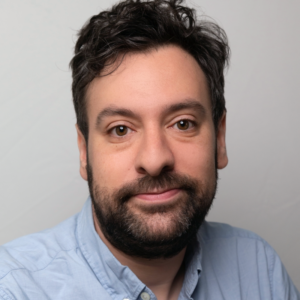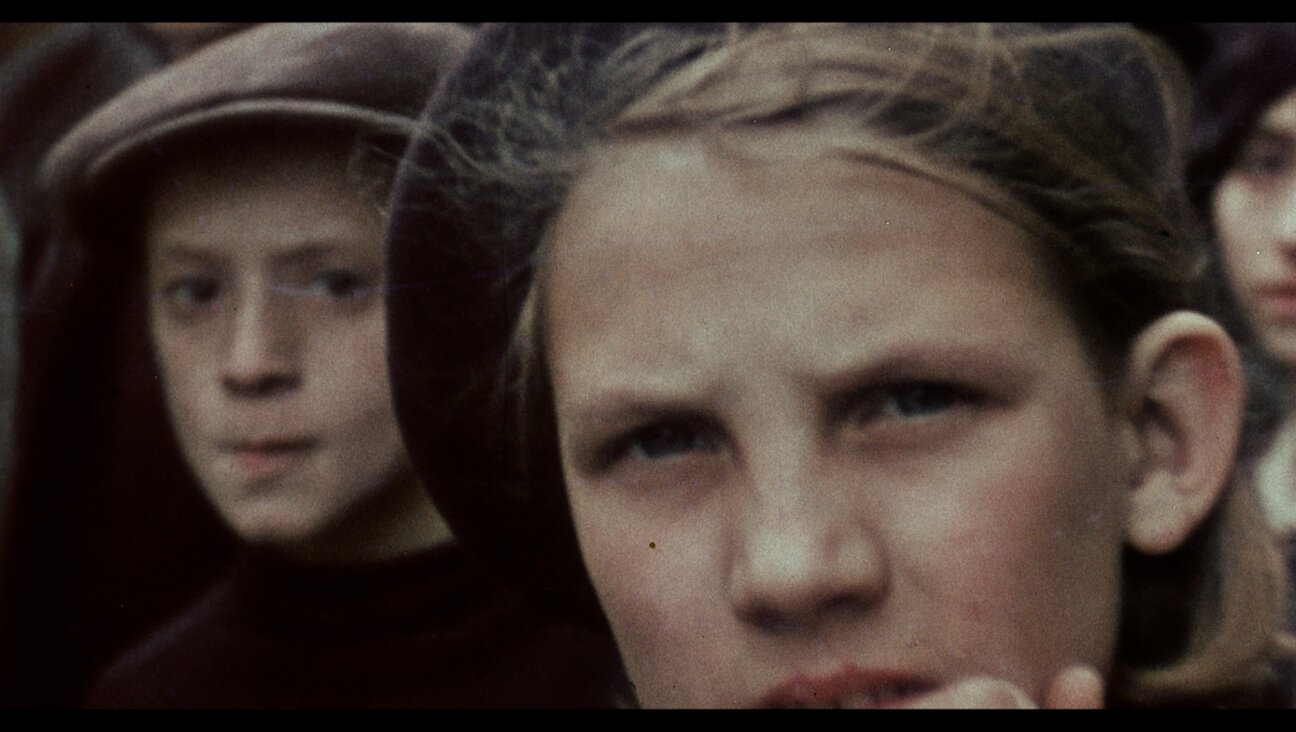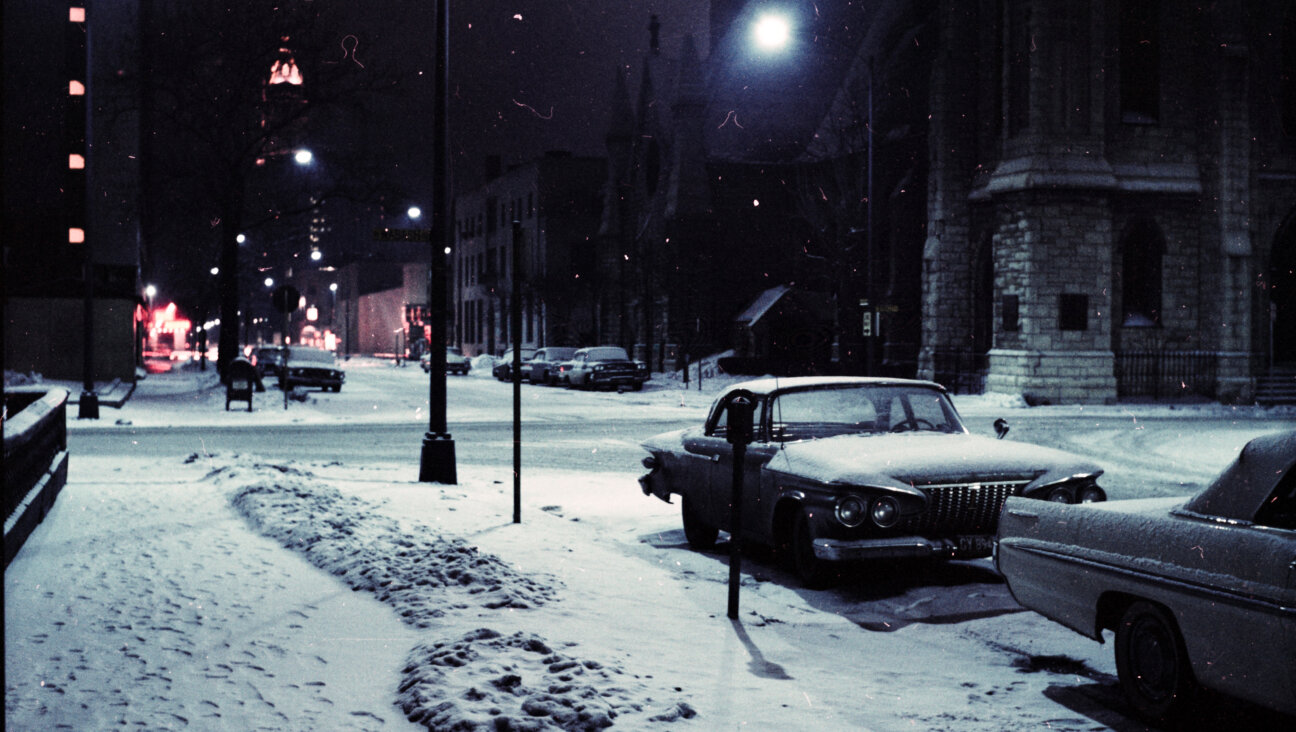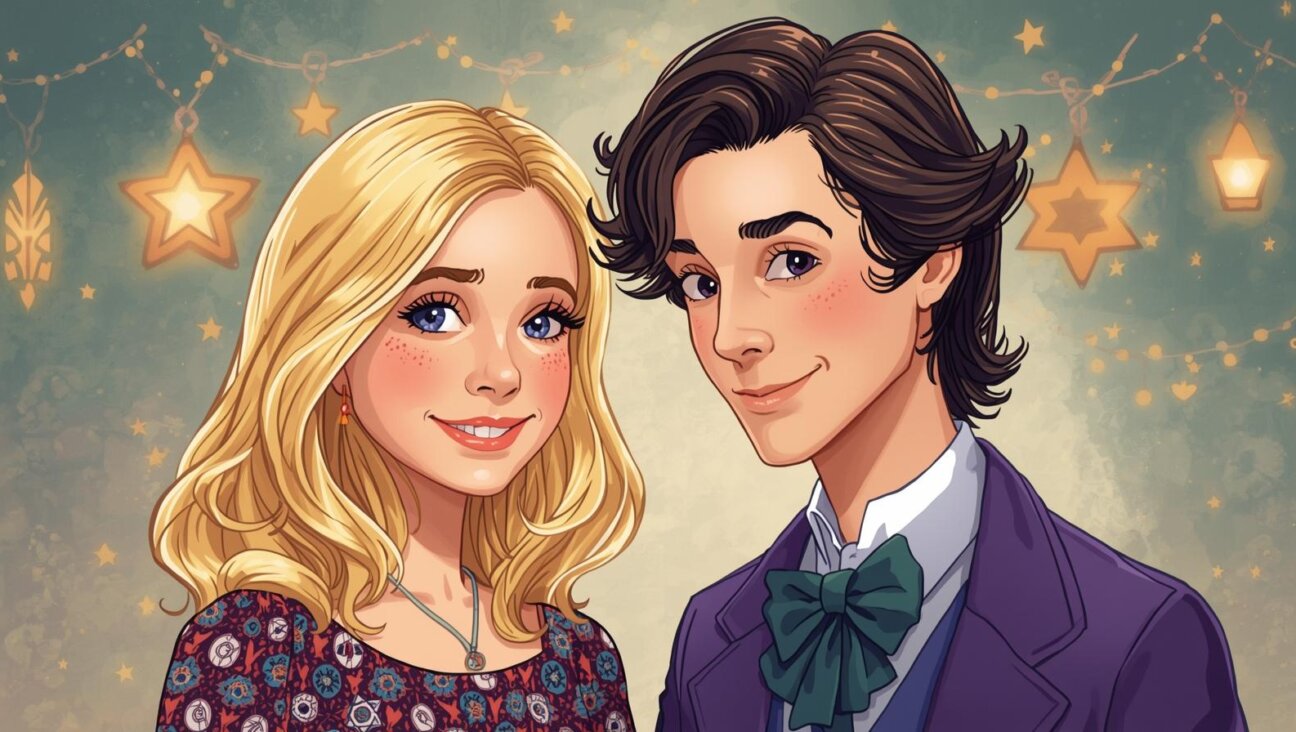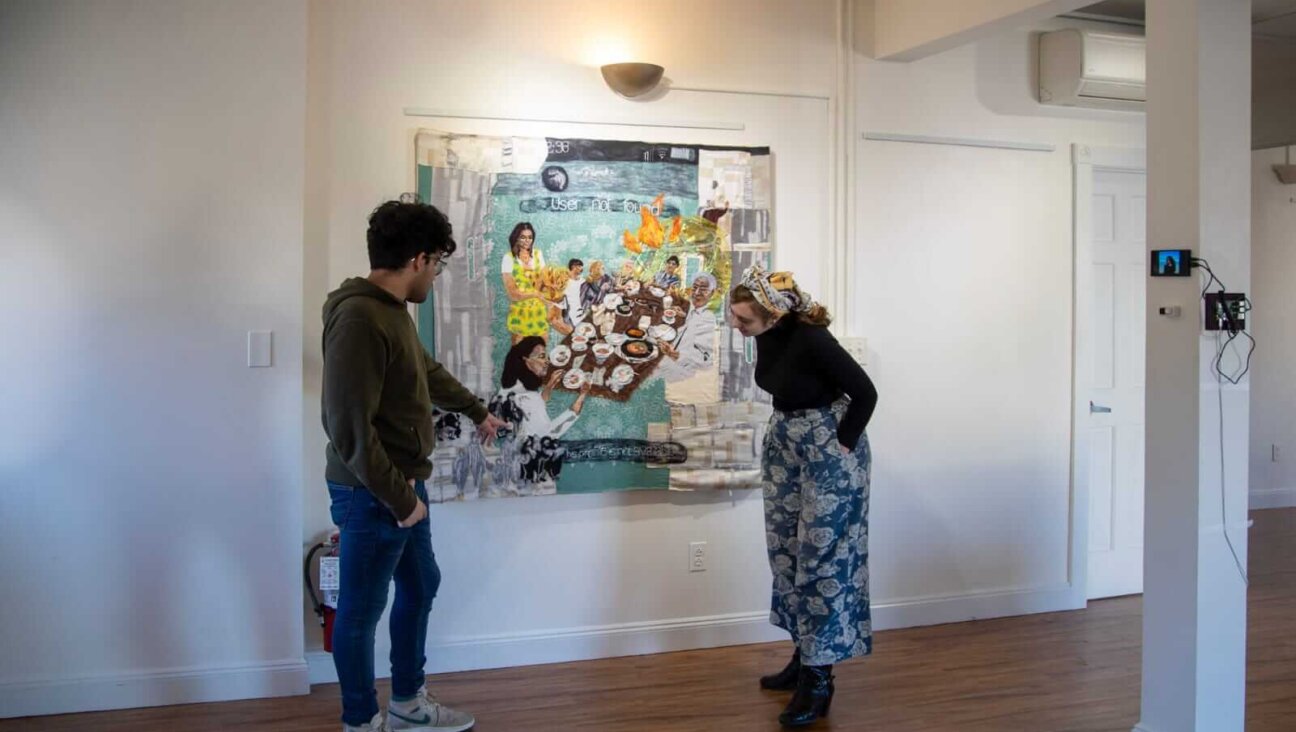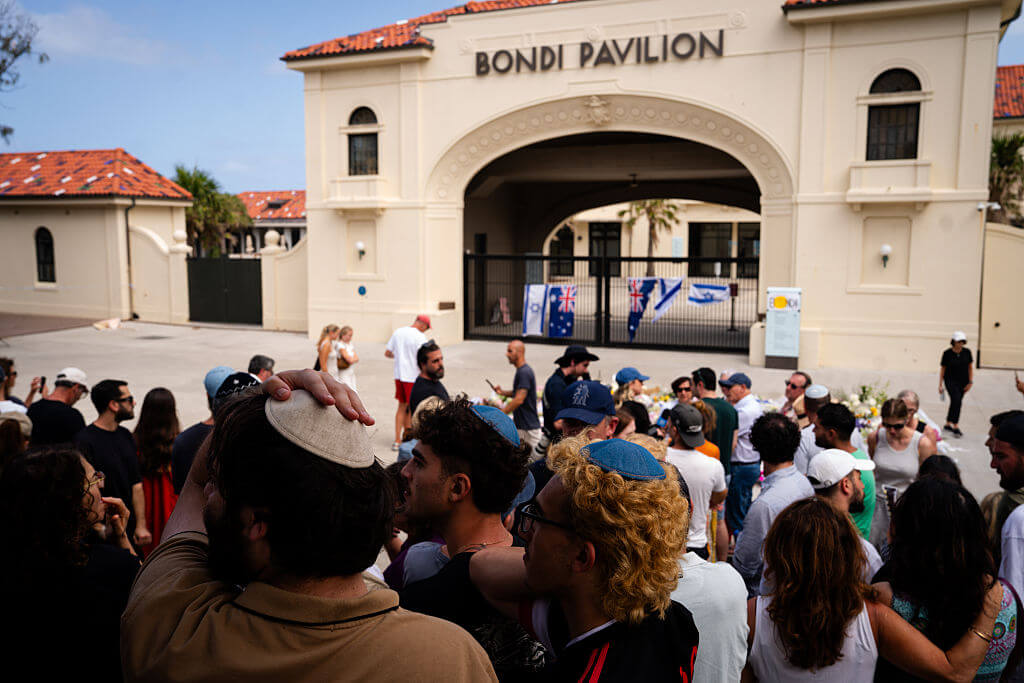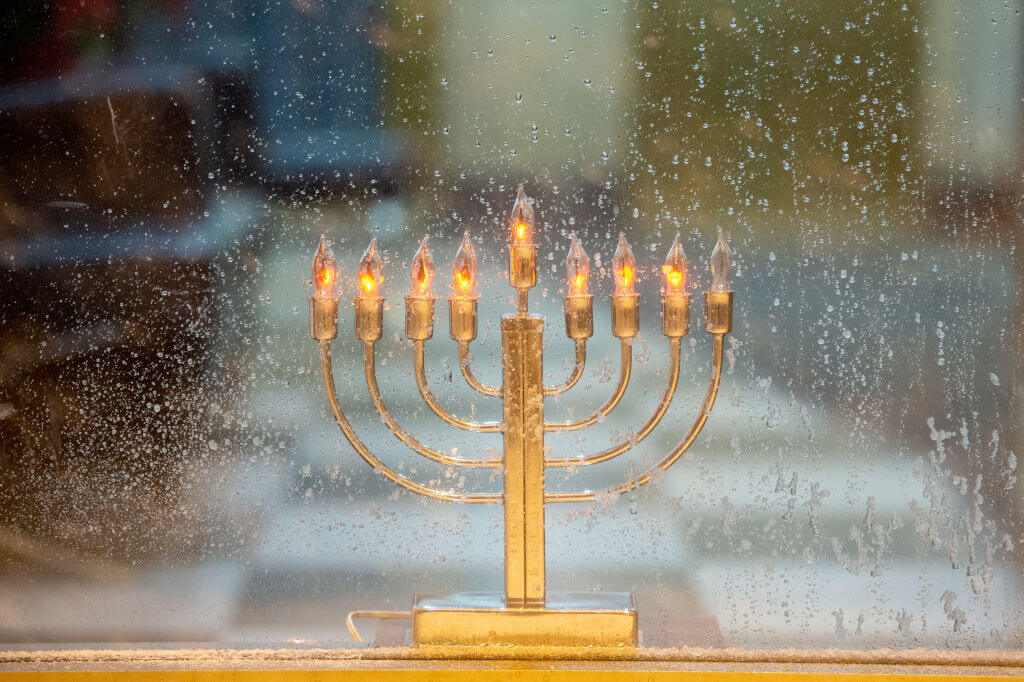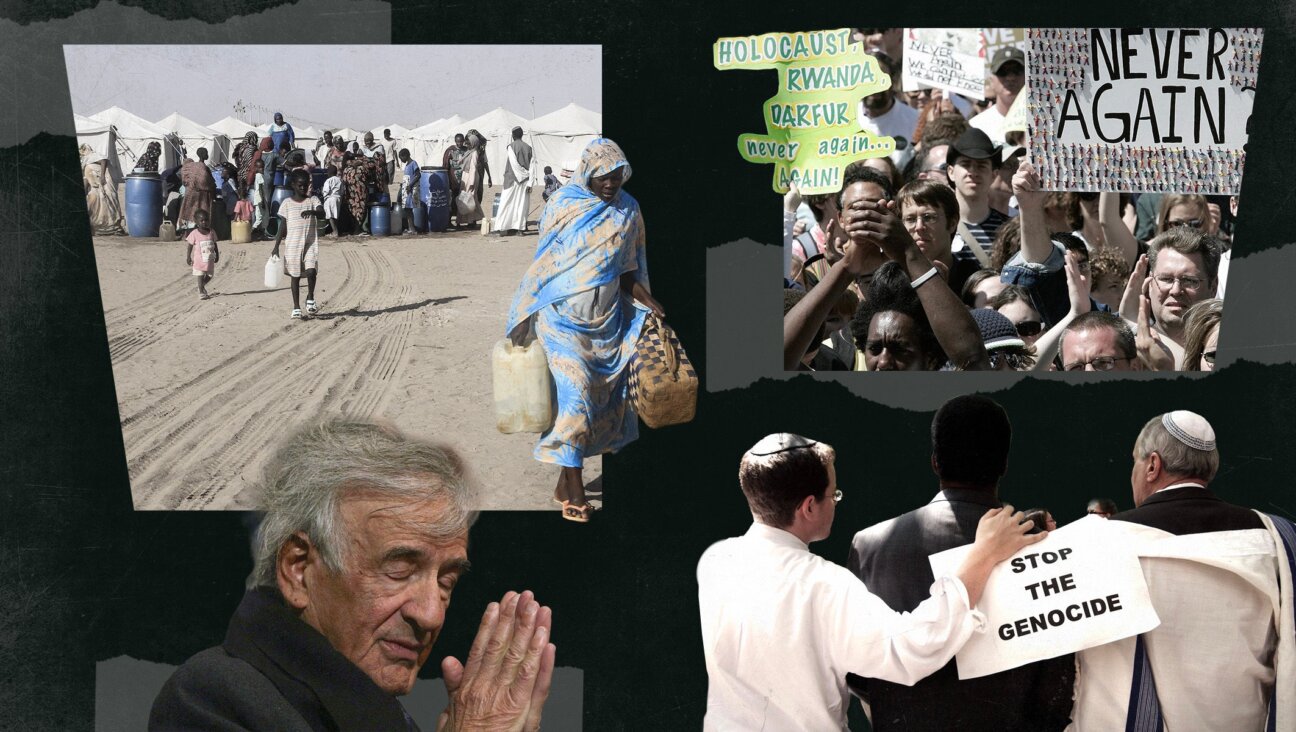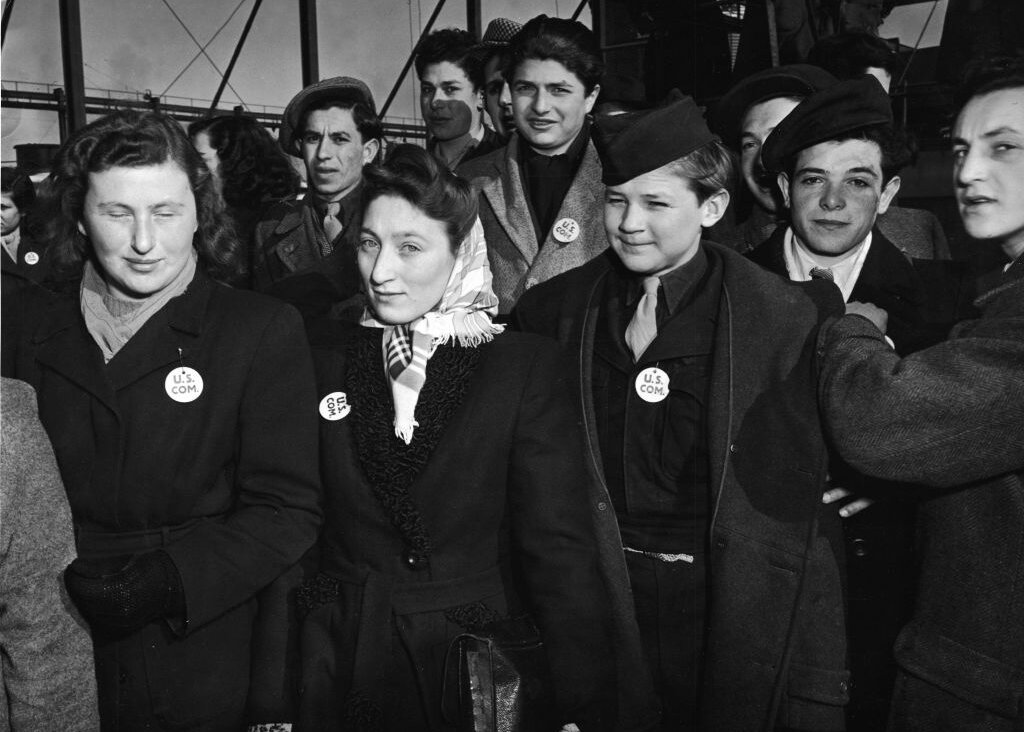A revived Jewish Museum spotlights the story of Jewish endurance
The new core exhibition tells a global story of a people shaped by their traditions, and their neighbors
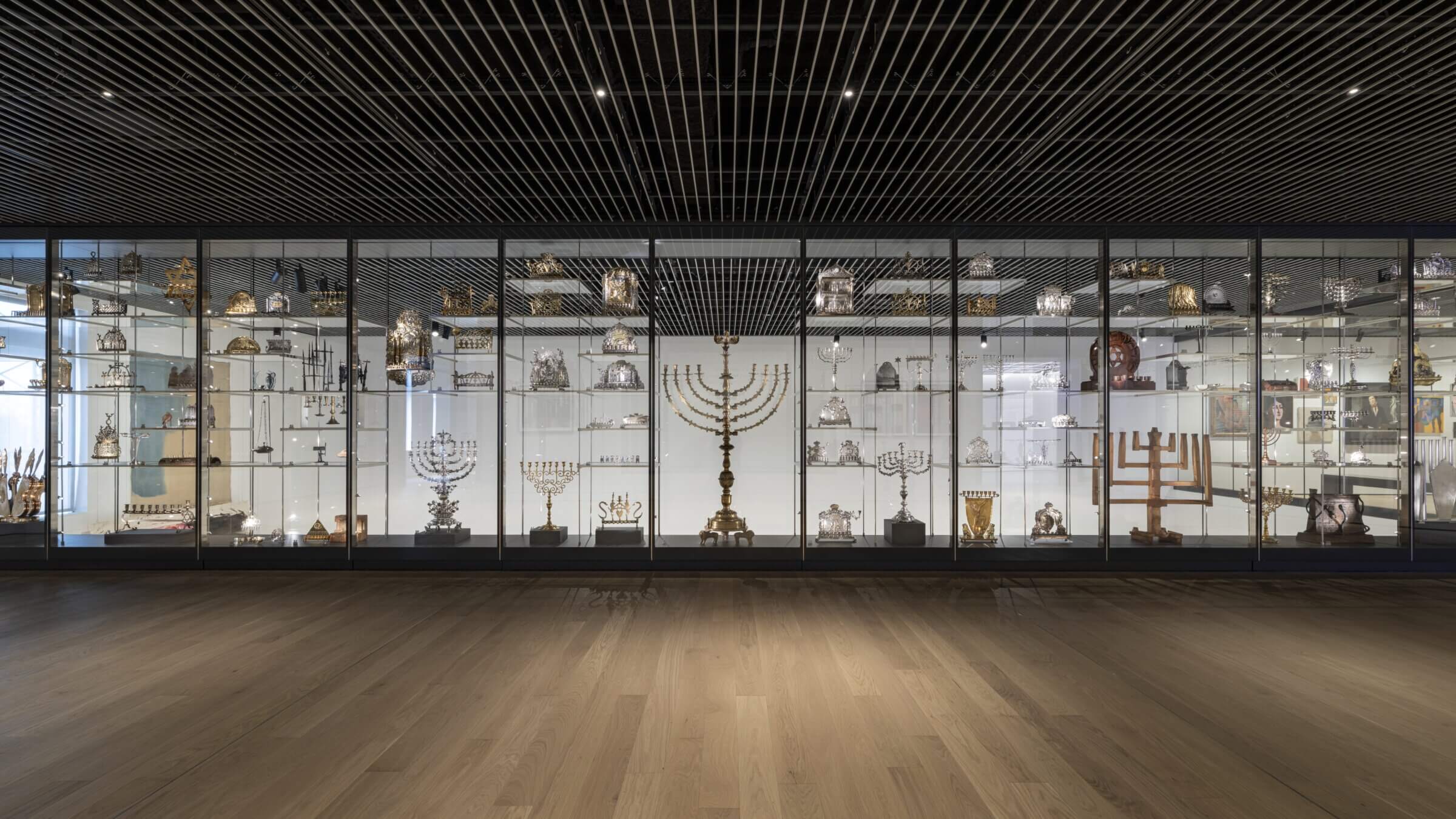
A view from the new fourth floor of the Jewish Museum, with its gallery of Hanukkah lamps. Photo by Kris Graves/The Jewish Museum
The object that best explains the Jewish Museum’s new core exhibition isn’t actually there.
Printed on the wall is a photographed section of the first century Arch of Titus, depicting the sacking of Jerusalem in 70 AD. Among the plunder looted by the Romans was the Temple’s seven-branched menorah. This image, carved by conquerors, speaks to a lost homeland and culture. Or it might have, had Jews not proven supremely adaptable.
The rest of the exhibit’s 200 items, ranging from antiquity to this decade, are a testament to how Jews, experiencing millennia of diaspora, suffered, thrived and engaged with their neighbors. As Jewish Museum director James S. Snyder told me, his approach is not to present Jews as separate and elevated, but as a people deeply enmeshed in their global communities, resonating with them while maintaining their sense of self.
The $14.5 million renovation of the third and fourth floors in the Central Park-facing, neo-Gothic mansion built for the German-American Warburg family in 1908, can’t help but tell that story.
Titled “Identity, Culture and Community: Stories from the Collection,” the exhibit is organized thematically and roughly chronologically, beginning with a gallery of Judaica: a handsome Torah ark from Urbino, inscribed in Hebrew and decorated with Italianate flourishes. A Torah scroll destroyed by the British in the American Revolution holds pride of place, while an adjoining gallery, inspired by the forthcoming 250th Anniversary of the United States, boasts personal artifacts like the mezuzah of Continental Army financier Haym Salomon.
Moving away from Torah finials and portraits of prominent Jews, there’s a section dedicated to persecution and remembrance. Hanging there is a selection of intimate portraits by Gertrud Kauders, whose paintings were discovered in the walls of a home outside Prague during a 2018 home renovation. Kauders, an assimilated Czech Jew who was murdered in 1942 in Majdanek, hid them before her deportation.
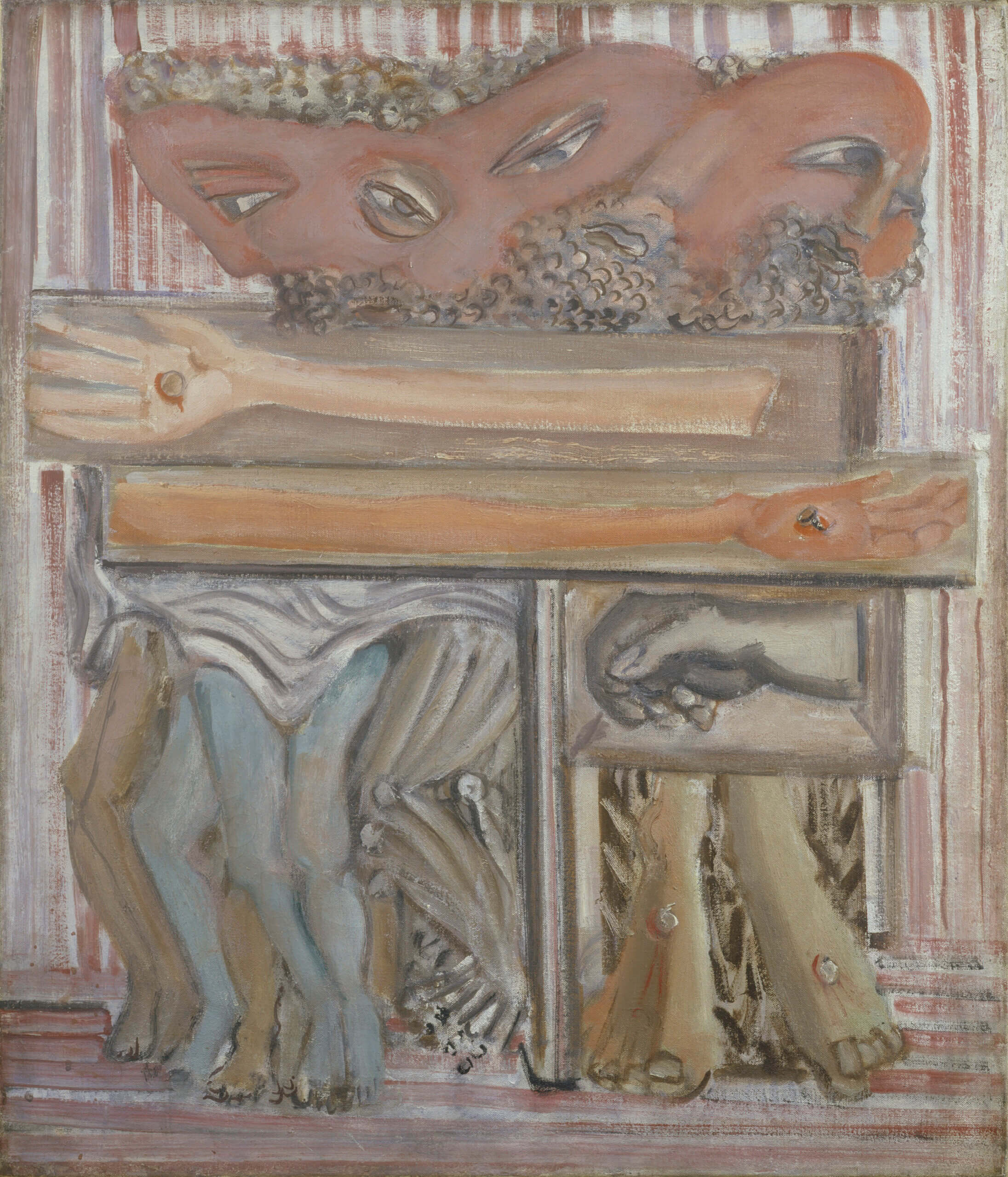
While this work was discovered decades after her death, it’s in the company of some notable names, and not all of them Jewish. A 1936 Alice Neel painting of a New York City Communist rally, illustrating her friend, the artist Sid Gotcliffe, holding a placard reading “Nazis Murder Jews,” appears alongside an apocalyptic, expressionist cityscape by Abraham Manievich. Manievich’s depiction of a 1919 pogrom in the Kiev ghetto, in which his son was killed, seems to prefigure Picasso’s Guernica while being eerily absent of people.
European Jews were not immune to the modernism sweeping over Europe, and used its fractured forms to comment on their people’s persecution. A late figurative drawing of severed limbs by Mark Rothko, from his crucifixion series in the early 1940s, makes a wry comment on Christian hegemony and Hitler’s campaign of annihilation. (Marc Chagall, who produced a similar series, is across the way, appearing to pee on his native Vitebsk, which he left for Paris.)
A charm bracelet produced in Terezin, whose individual pieces are identifiable on a touch screen, shows how production didn’t stop in the Holocaust. Hadar Gad’s notebook, imagining the obliteration of her grandmother’s hometown in Poland, and produced after Oct. 7, reveal the Shoah’s continued resonances today. Dor Guez, son of a Palestinian Christian mother and North African Jewish father, makes use of his family’s quotidian possessions to tell their post-World War II immigration story. Other other artists make use of suitcase imagery.
From commentaries on displacement, there next emerges a reclamation of ritual objects within the context of a dominant culture: a Bauhaus-inspired menorah, a mid-century modern Torah crown forged with looping silver threads. Women artists, like Lee Krasner, gravitate toward abstraction. A stretch devoted to women modernists focuses on intersectionality. There are Miriam cups, a feminist inclusion to the Seder ceremony, and artist Gil Yefman’s kippah, topped by a dark nipple to signify the feminine nature of God.
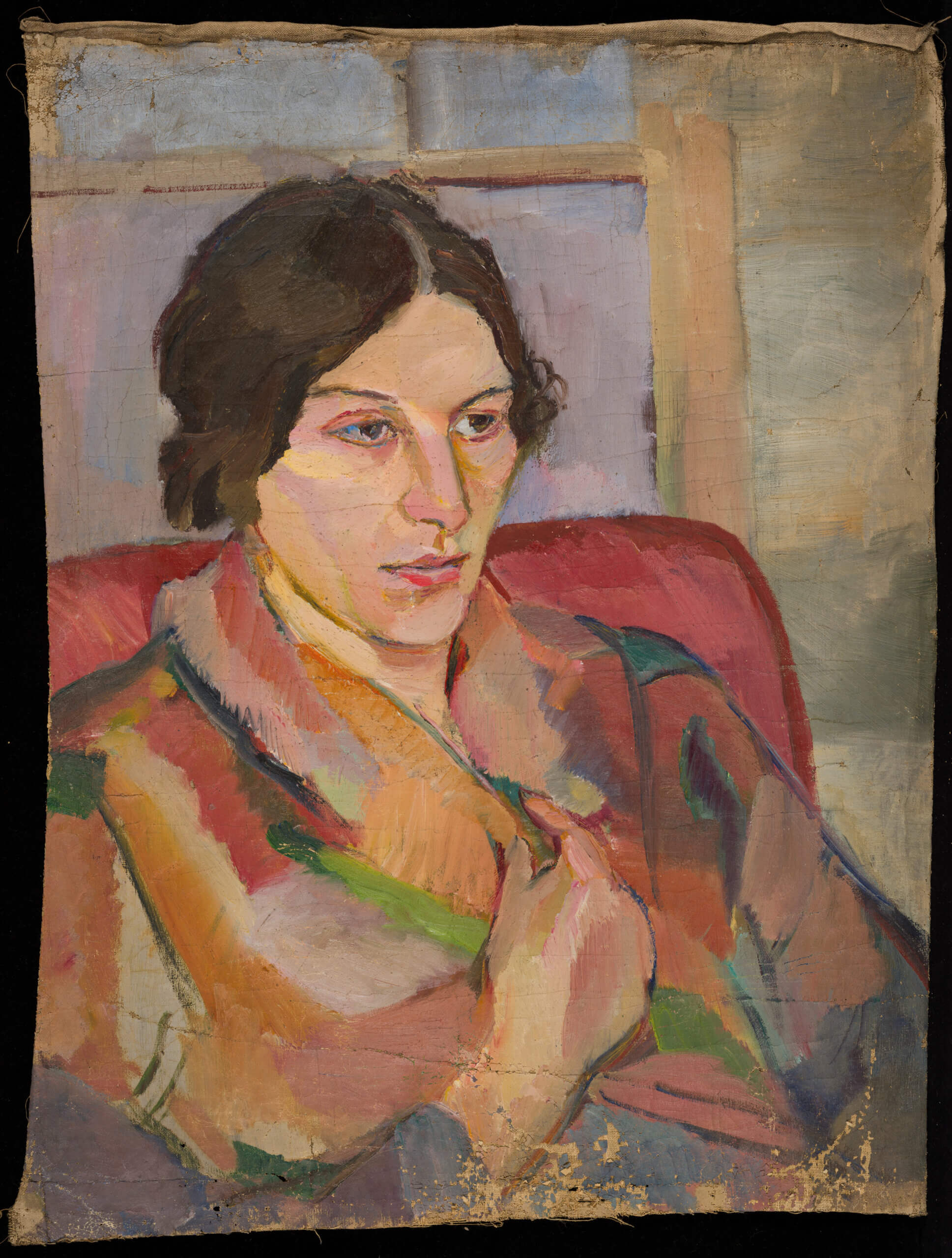
Two thousand years after the sack of Jerusalem, contemporary artists are still grappling with how to express their Jewishness alongside compounding, modern identities. Candace Breitz’s video installation registers her discomfort, as a white woman chosen to represent South Africa at the 57th Venice Biennial, and so features a diverse and representative group of artists, saying “I am Candace Breitz.” A piece by Izhar Patkin, inspired by motifs on Persian rugs, faces a carpet from the 1890s with the likeness of Moses and Aaron, which the Shah of Iran is believed to have commissioned for his Jewish doctor.
Coinciding with the new core exhibit is a second floor show spotlighting the early works by Anish Kapoor, the Indian-born British artist, whose father was Hindu and whose mother was from the Iraqi Jewish community. (In a press conference, Kapoor downplayed how his background shaped the art.) But the overall theme carries onto the new fourth floor learning center.
Replicas of objects — a mosaic floor tile, a ceramic turkey menorah from 2013’s “Thankgivukkah,” an ancient bull figurine that is remarkably Aardman-esque — are available to touch to teach visitors about materials artists use. A 50-foot glass vitrine, with 130 menorahs from around the globe, most crafted by non-Jewish artisans, look out onto the modernist art on the floor below. The display is not about Hanukkah, but the significance of light in all cultures.
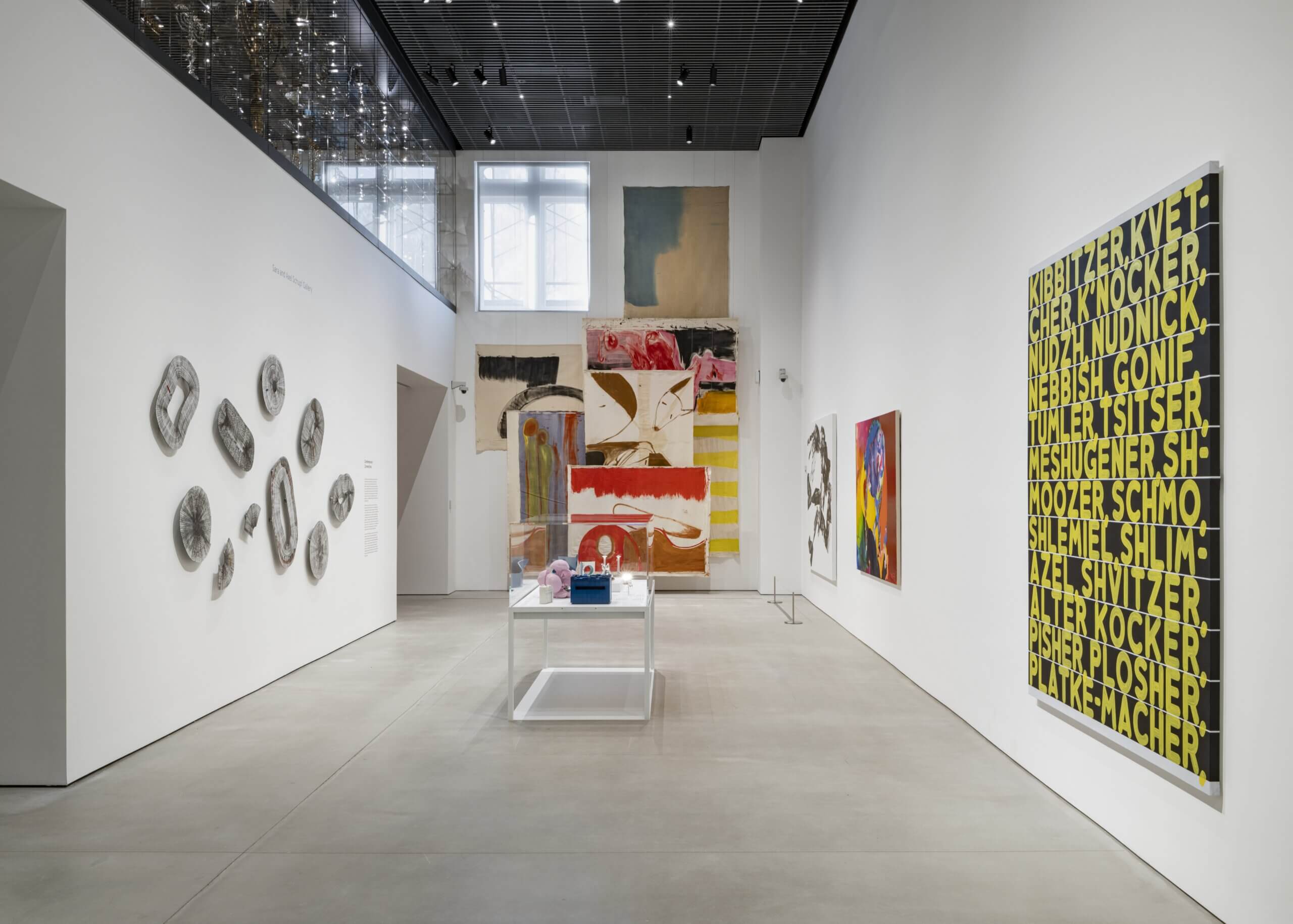
Even in a section devoted to largely pre-diaspora archaeology, where families can dig through foam rubble for potsherds, a touchscreen invites the visitor to read about “interactions among peoples.”
Imperial coins and helmets of Hellenic occupiers are on view. So too, are ritual objects from other Levantine groups, some several thousand years old, up to a 20th-Century bridal pin from Baghdad. The Jewish story, these objects insist, can’t be understood in isolation.
